I commented here last week on the weird Amazonian earth mother ceremony with which they kicked off the Amazonian synod.
It’s got me thinking that “Amazon” is just about right for the name of this synod, and not because of the river. The Amazons, if you remember your Greek myths, were fearsome female warriors–the daughters of Ares the god of war and Harmonia–a wood nymph. The predominance of tree worship, the reverence for the sacred grove of Amazonia and the predominance of “female ministry” all echoes the Greeks mysteries of old.
We have a rather twee recollection of Greek and Roman paganism. Largely, I suppose because we all read the myths in that book by Edith Hamilton. (which is available at Amazon–where else?) In fact, while the myths of the Greeks and Romans seem rather bluestocking-ish in Miss Hamilton’s anthology, the reality of pagan religion was anything but staid and spinsterish. The temples were centers of bloody sacrifices and rampant orgies. Imagine a dark cave or smoke filled temple where demon infested witches sat muttering over their fires while the drums were beating. The bleating and cawing of the animals mingled with the mindless chanting of the priests who were pulling the intestines out of bulls and studying them to prognosticate the future. If not then, after you paid the shaman to put a curse on your enemy you might go below the altar and stand naked in a niche while the priest slaughtered a bull above you and you could be baptized in bull’s blood.
How we like to sanitize paganism, but the St Francis preaching to the birdies and patting the wolf of Gubbio on the head is a far cry from the realities of pagan worship. Take the Nordic religions with their sacred groves and trees for example. The Vikings did not go into the sacred grove to worship Yggdrasil like our modern day tree huggers go into the forest to commune with the lonesome pine. They went into the sacred groves to make human sacrifices to the gods of the earth, the trees and the fearsome forest.
This brings me around to that naked pregnant lady statue they had at the tree planting ceremony and which they keep parading around the Vatican.
There’s been quite a bit of fuss online about the statue. Julia Meloni writing here tells us the statue is Pachamama–Mother Earth.
On the other hand, Pedro Gabriel defends the statue. He argues here and here that it is merely an indigenous representation of the Blessed Virgin Mary. JD Flynn has a further analysis of the image in its wider context as part of the Amazon synod. Go here.
It’s an interesting debate. I tend to agree with those who think it is pagan. Not because the statue is from the Amazon nor because it is from an indigenous culture, nor because the woman is naked.
It’s not Catholic for a couple of reasons. The first is because that’s not the way Catholics use statues.
Let’s stop for a moment and review the Catholic beliefs about iconography. That is to say, what do we believe about images and the veneration of images in worship?
There are very few images from the early centuries of the Christian church. Why was that? Because the first Christians were Jews and the ten commandments clearly forbad the making of any graven image. Furthermore, the early Christians were surrounded by paganism with the worship of idols. Eventually two dimensional images began to be allowed, and then low relief images were permitted and finally–comparatively late in the Middle Ages full round statues began to be acceptable.
Even so, the iconoclasm controversy tore apart the church in the eighth and ninth centuries.
That controversy helped to clarify what Christians believe about images. The explanation goes like this: Jesus Christ is the image (icon) of the unseen God. (Colossians 1:15). Because we are made in God’s image and re-born in the image of Christ, each one of us who are baptized are destined to become unique images of Christ who is the image of God. Before the incarnation there was no visible image of God. Therefore all images were forbidden. After the incarnation we see Christ as the image of God. Therefore images of Jesus Christ are permitted because they are images of the Image. Because the Blessed Mother and all of the baptized are destined to be images of the Image it is also permissible to produce images of the Blessed Mother and the saints.
Now here is the big difference between Catholic images and the statue they are parading around the Vatican.
It’s really very simple.
An authentic Catholic image is the representation of a real person who, by God’s grace, has become remade into Christ’s likeness. The saint has become an image of the unseen God.
A pagan image is not a real person. A pagan image is an idol. It is either a representation of a demon or it is a symbol of some sort of spirit or demigod (which is a nice name for a demon).
Even if the Amazonian female statue is nothing more than a symbol, we don’t venerate symbols. We have symbols in church. The Chi-Rho is a symbol. The triangle in three circles is a symbol. The Lamb of God is a symbol, but we don’t venerate symbols. We don’t carry them around in processions. We don’t light candles in front of symbols. We don’t put symbols in the middle of prayer circles and bow down before them.
Therefore we should look again at this image. Is this a symbolic icon or the representation of a real indigenous woman?
Pedro Gabriel, in his defense, asserts that the woman leading the tree planting ceremony called the image “Our Lady of the Amazon.” So the statue is a representation of the Blessed Virgin Mary as an Amazonian indigenous woman? That would be okay. The Virgin Mary has been represented in various ethnicities and local costumes.
But is that really what the image is? John Flynn points out that the Vatican authorities disagree.
Fr. Giacomo Costa, a synod spokesman, said the image is not the Virgin Mary, but a female figure representing life. Paolo Ruffini, a Vatican communications officially, said that in his personal view, the image seems like that of a tree, which is, he said, a kind of “sacred symbol.”
Peruvian bishop David Martínez De Aguirre Guinea was a bit more cagey
“We all have our own interpretations: the Virgin Mary, the Mother Earth…probably those who used this symbol wished to refer to fertility, to women, to life, the life present among these Amazonian people and Amazonia is meant to be full of life. I don’t think we need to create any connections with the Virgin Mary or with a pagan element,” However, the Christian mission is not only to inculturate the gospel, but also to correct what is in error in indigenous religion.
Is the image simply the Blessed Mother portrayed as an indigenous woman? Is it Our Lady of the Amazon? Gabriel points out that there is, in fact, just such an image already. This is what she looks like:

However, you can also find lots of images of Pachamama–the Peruvian mother goddess online. There are many different versions, but this is one:

Ask yourself. Which of these two images does the Vatican statue most resemble?
Veneration of the Blessed Virgin Mary is fine. An image of the Virgin as an indigenous woman is ok. Merging Mary into the Mother Goddess? Nah.
It ain’t Catholic.
As in most conflicts in the church…guess what? We’ve been here before.
The apostles themselves confronted the Great Mother Goddess. In their culture none was greater than Diana of the Ephesians
This is what she looked like.

Do you reckon St Paul would have bowed down to her and said “That’s cool. Let’s plant and tree and inculturate the gospel. We’ll just call her Our Lady of Ephesus!”
I don’t think so. Check out Acts 19.
The fact is, Pachamama ain’t Catholic because Pachamama is a false idol, a heathen substitute for the Blessed Virgin.
And if they’re getting rid of the Blessed Virgin and putting Mother Earth in her place, then I reckon the whole show is suspect.
At best it is a phony public relations exercise that will soon be forgotten.
At worst it’s the promotion of a false gospel.

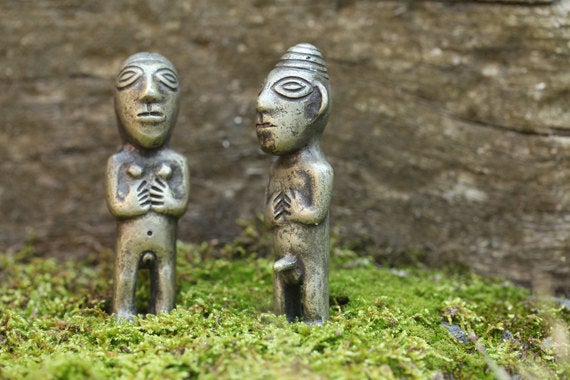
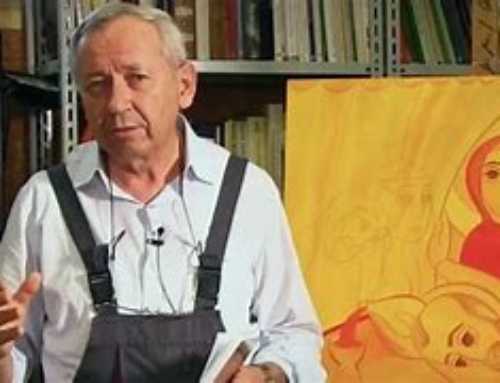
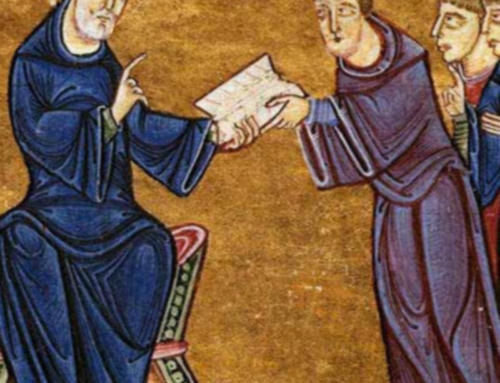

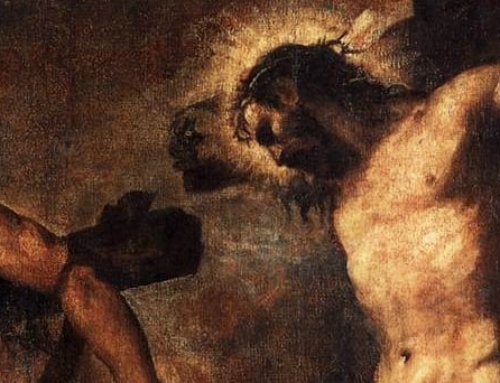
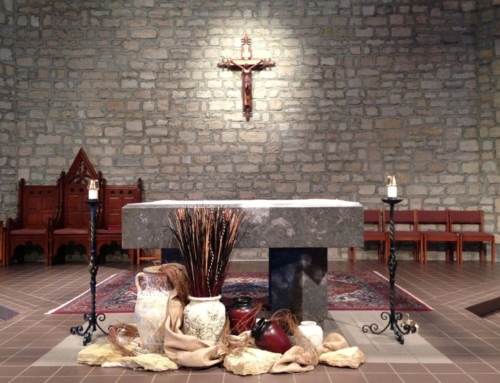
Dark days, these. The Church has definitely lost its way. Come, Lord Jesus.
Well balanced and reasonable. This debate so quickly degrades into ad hominem attacks but your presentation is very well said and I concur
Father, don’t we venerate the cross, bow before a cross, even light candles in front of a cross? Is the cross that we process, venerate and bow before not a symbol of the original cross which was a wooden object of execution at best?
Veneration of the cross and the priest and deacon’s veneration of the altar are exceptions that prove the rule. When I wrote that we do not venerate symbols. I was referring to things that are merely symbols like a Chi-Rho symbol or a Triangle and Circle symbol of the Trinity. There are some objects of devotion or worship that we venerate because through their use in worship we recognize them as channels of grace. The same might apply to our veneration of an ancient icon.
A very reasonable article. Thanks, Father. This might not catch my attention so much if I hadn’t lived for so long in a country with a strong indigenous presence and a Church that does not address syncretism or practice of traditional, pagan religion. There are some really good priests and bishops, but some have allowed pagan practices, sacrifices to strange god in Catholic Churches!
There are also animal sacrifices, curanderos, and some local deities that are very common. The Protestant missionaries will not allow any of that. Perhaps we need to be Catholic and Christian, like St Paul and the Apostles rather than using foreign images.
That’s interesting I’d like to hear more of your experience